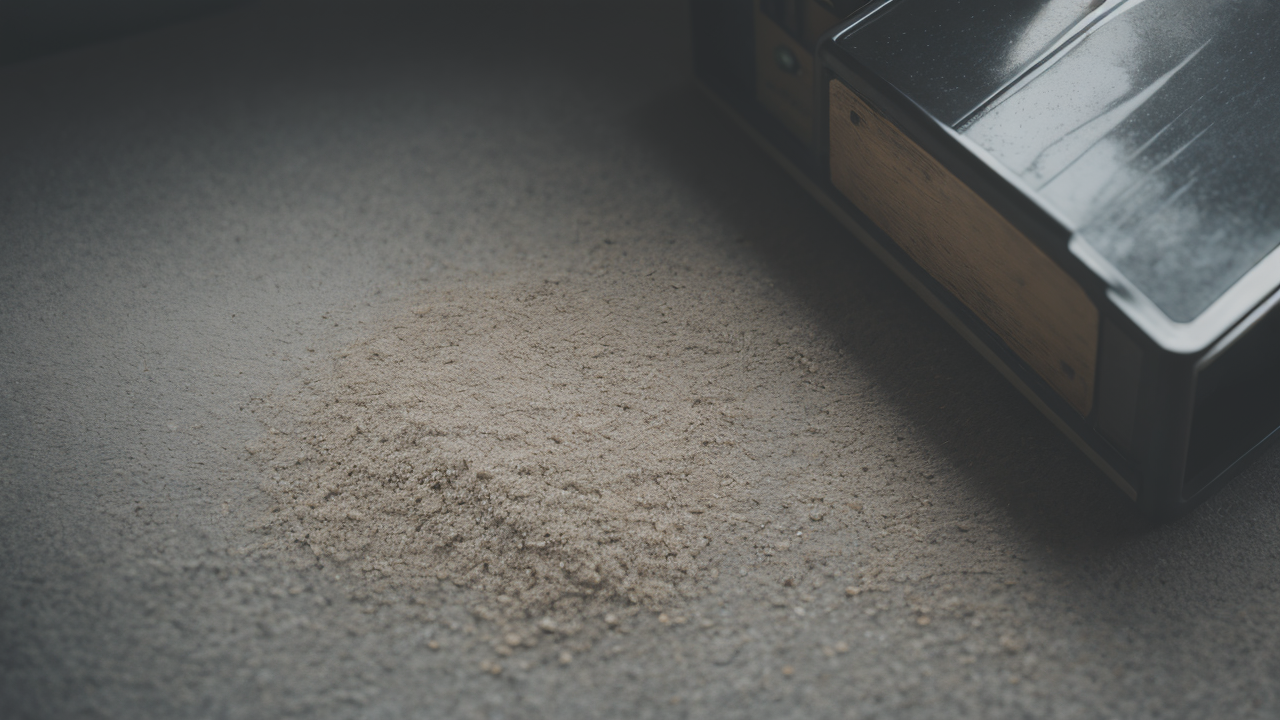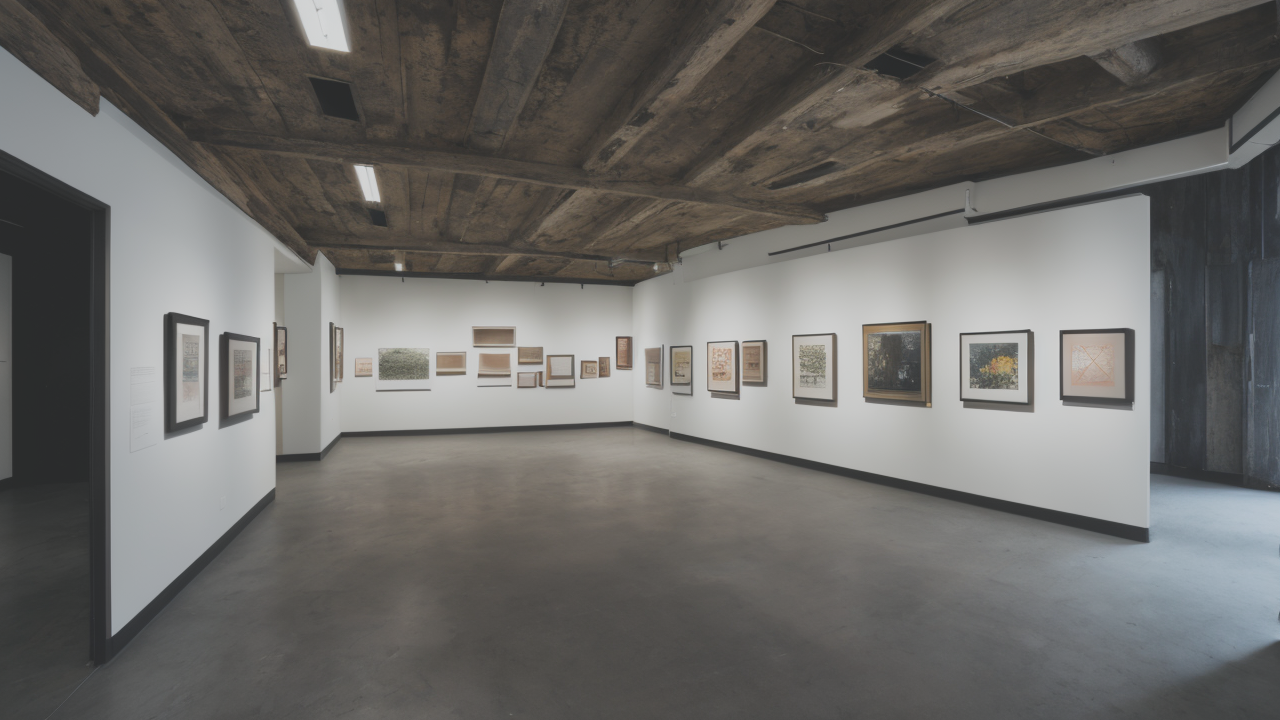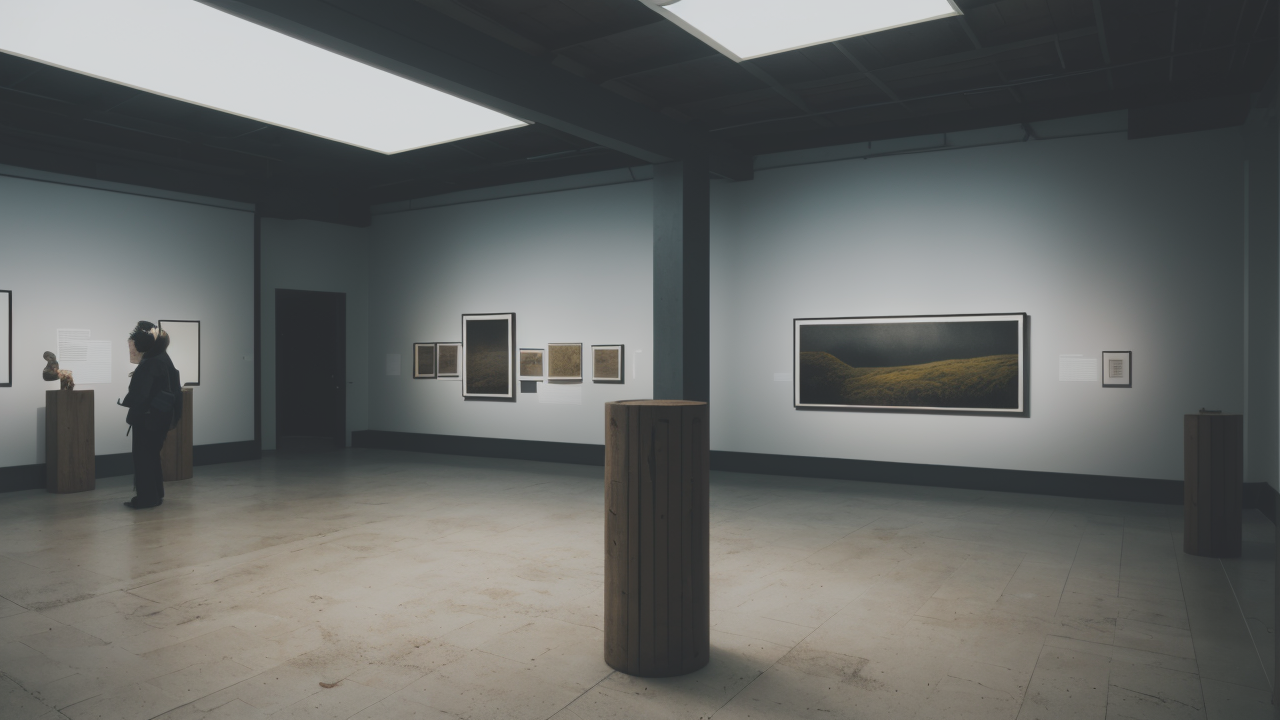
Breaking Boundaries: Integrating S219 Methods in Dabi Art for Unique Textures
The Philosophy of Wabi-Sabi in Visual Art
The Origins of Wabi-Sabi Aesthetics
Wabi-sabi is a Japanese concept that finds beauty in imperfection. It has roots in Zen Buddhism and tea ceremonies. The term combines two ideas: 'wabi' (simplicity) and 'sabi' (the beauty of age).

Key aspects of wabi-sabi in art include:
- Appreciation of asymmetry
- Embracing roughness and imperfection
- Valuing simplicity and minimalism
- Honoring natural materials and processes
- Finding beauty in modest and humble objects
Wabi-sabi art often features muted colors and rough textures. It may show signs of wear or age. Artists might leave parts of their work unfinished or highlight natural flaws in materials.
This aesthetic encourages us to see beauty in the ordinary and imperfect. It reminds us of the transient nature of life and the passage of time.
Wabi-Sabi as a Creative Philosophy
As a creative philosophy, wabi-sabi encourages artists to embrace imperfection and simplicity. It values:
- Natural processes over artificial perfection
- Subtle beauty over grand statements
- Authenticity and genuineness in expression
- The marks of time and use on objects
- Minimalism and the removal of excess
Artists following this philosophy often use subdued colors and organic forms. They might create asymmetrical designs or leave traces of their process visible.
This approach allows for a deeper connection with materials and nature. It invites viewers to slow down and appreciate subtle details. Wabi-sabi art often has a calming, meditative quality.
By embracing imperfection, artists can create works that feel more human and relatable.
The Role of Imperfection in Wabi-Sabi Art
In wabi-sabi art, imperfection is not a flaw but a key feature. Artists intentionally create or highlight:
- Cracks, chips, or signs of wear
- Asymmetry and irregular shapes
- Rough or uneven textures
- Faded or muted colors
- Unfinished or raw elements
These imperfections add character and depth to the artwork. They remind us of natural processes and the passage of time.
Imperfections in wabi-sabi art often tell a story. They might show the artist's hand or the history of an object. This approach creates unique pieces that feel authentic and lived-in.
By embracing imperfection, wabi-sabi art challenges our ideas of beauty. It invites us to find value in things that might otherwise be overlooked or discarded.
How to Choose the Right Wabi-Sabi Art Pieces for Your Collection
Identifying Authentic Wabi-Sabi Art
To spot genuine wabi-sabi art, look for these key features:

- Simplicity: The artwork should have a minimalist feel.
- Natural materials: Look for pieces made with organic or reclaimed materials.
- Subtle colors: Wabi-sabi art often uses muted, earthy tones.
- Imperfections: Authentic pieces embrace flaws and asymmetry.
- Handmade quality: Look for signs of the artist's hand in the work.
Avoid pieces that look too polished or perfect. True wabi-sabi art should feel organic and slightly rough. It should create a sense of calm and connection to nature.
Remember, wabi-sabi is more than just a style. It's a philosophy that values impermanence and imperfection. Look for art that tells a story through its flaws and lived-in qualities.
Matching Wabi-Sabi Paintings with Your Interior Design
When adding wabi-sabi paintings to your space, consider these tips:
- Choose neutral backgrounds: Let the art stand out against simple walls.
- Use natural materials: Pair paintings with wood, stone, or linen furnishings.
- Create balance: Mix wabi-sabi pieces with more structured elements.
- Consider scale: Large paintings can anchor a room, while smaller ones add subtle charm.
- Group artworks: Create a gallery wall with different wabi-sabi inspired pieces.
Remember, wabi-sabi is about finding beauty in simplicity. Don't overcrowd your space. Allow each piece room to breathe and be appreciated.
Lighting is crucial. Soft, natural light can enhance the subtle beauty of wabi-sabi art. Consider placing pieces near windows or using warm, diffused lighting to highlight their textures.
Investing in Wabi-Sabi Art: Tips for Collectors
For collectors interested in wabi-sabi art, consider these tips:
- Research artists: Look for those who truly understand and embody wabi-sabi principles.
- Attend exhibitions: Experience wabi-sabi art in person to appreciate its subtleties.
- Consider emerging artists: They often offer unique perspectives at more accessible prices.
- Look beyond paintings: Wabi-sabi extends to sculpture, ceramics, and other media.
- Trust your instincts: Choose pieces that resonate with you personally.
Remember, wabi-sabi art is not about monetary value. It's about the emotional connection and the beauty found in imperfection.
When investing, focus on pieces that speak to you and align with the wabi-sabi philosophy. These will likely bring you joy for years to come.
Case Studies: Successful Exhibits and Installations Inspired by Wabi-Sabi
Spotlight on Wabi-Sabi Art Exhibits in the United States
Several notable wabi-sabi inspired exhibits have made an impact in the US art scene:

- "The Art of Imperfection" at the San Francisco Museum of Modern Art
- "Wabi-Sabi: The Beauty of Impermanence" at the Portland Japanese Garden
- "Zen and the Art of Simplicity" at the Noguchi Museum in New York
These exhibits showcased how wabi-sabi principles can be applied to contemporary art. They featured:
- Minimalist sculptures
- Abstract paintings with muted colors
- Ceramics embracing natural flaws
- Installations using reclaimed materials
Visitors reported feeling a sense of calm and connection to nature. Many were inspired to bring wabi-sabi elements into their own lives and homes.
These exhibits helped introduce wabi-sabi concepts to a wider audience in the US.
Lessons from Wabi-Sabi Art Installations
Successful wabi-sabi art installations offer valuable lessons:
- Embrace the environment: Many installations use natural light and surroundings.
- Encourage interaction: Some pieces invite viewers to touch or move elements.
- Tell a story: Installations often evolve over time, showing the beauty of change.
- Use space effectively: Wabi-sabi installations often leave room for reflection.
- Incorporate natural elements: Many use materials like stone, wood, or water.
These installations show how wabi-sabi can transform spaces. They create areas for contemplation and connection with nature.
Artists and curators can apply these lessons to create impactful wabi-sabi experiences. The key is to create an environment that encourages mindfulness and appreciation of simplicity.
How Wabi-Sabi Art Can Elevate Your Space and Spirit
Incorporating wabi-sabi art into your space can have profound effects:
- Creates a calming atmosphere: The simplicity and natural elements promote relaxation.
- Encourages mindfulness: Wabi-sabi art invites us to slow down and appreciate details.
- Connects us to nature: It reminds us of natural cycles and our place in the world.
- Reduces stress: The acceptance of imperfection can ease perfectionist tendencies.
- Inspires creativity: It encourages us to find beauty in unexpected places.
To fully benefit, try these tips:
- Place a wabi-sabi painting in your meditation or relaxation area.
- Use wabi-sabi inspired ceramics in your daily routines.
- Create a small wabi-sabi inspired corner in your home or office.
Remember, wabi-sabi is more than just decor. It's a way of seeing and appreciating the world around us. By embracing wabi-sabi art, we can learn to find beauty in life's imperfections.


